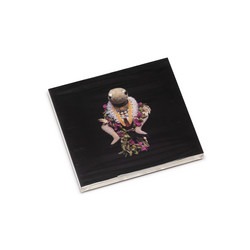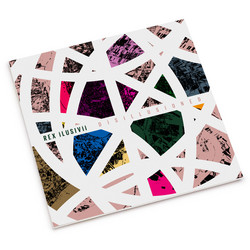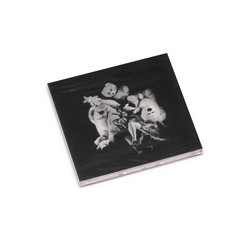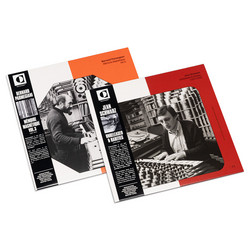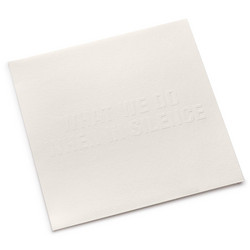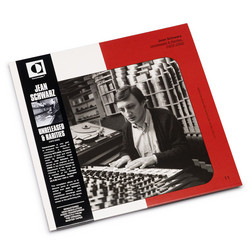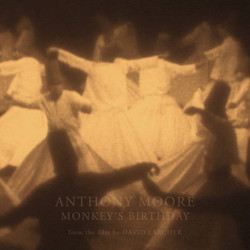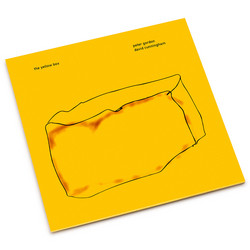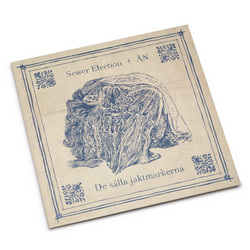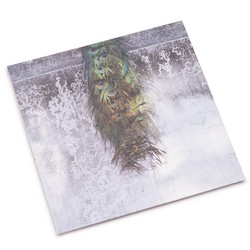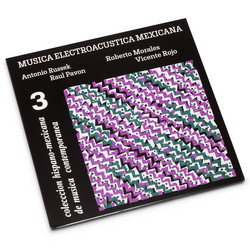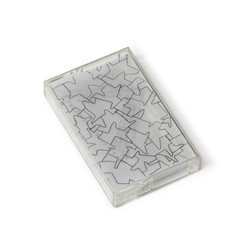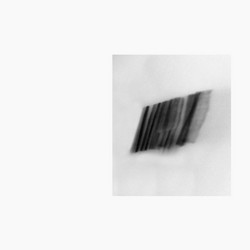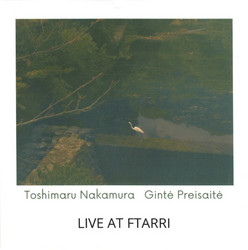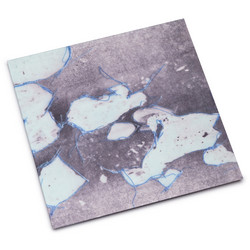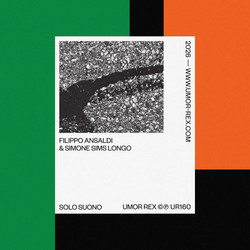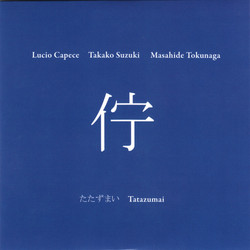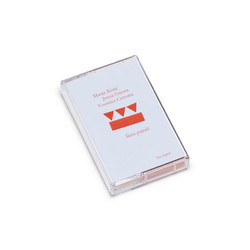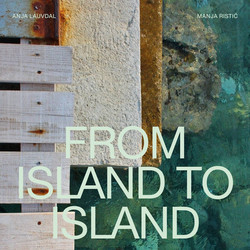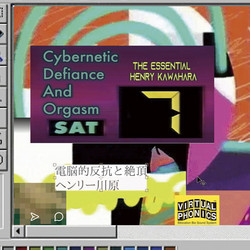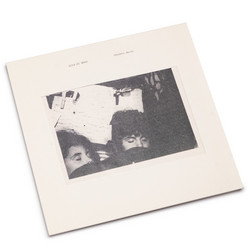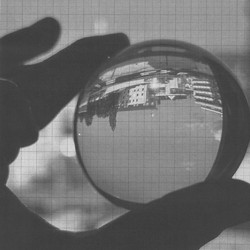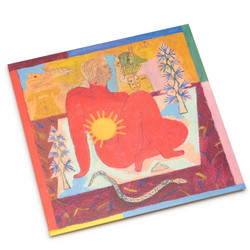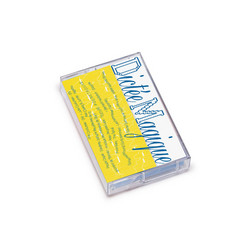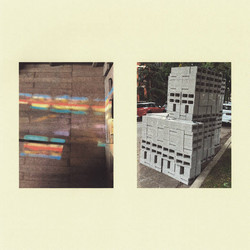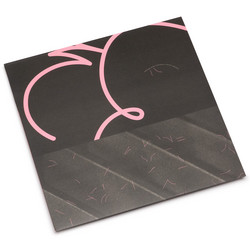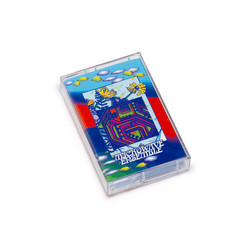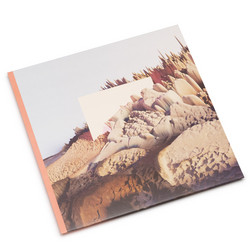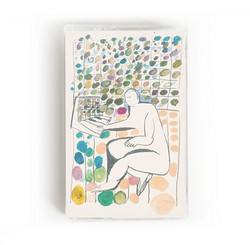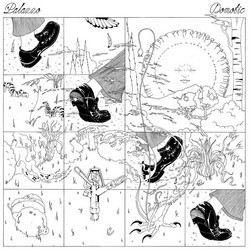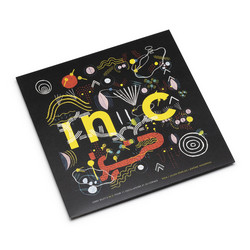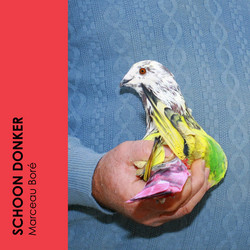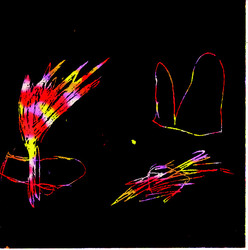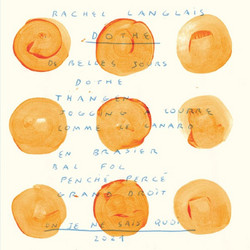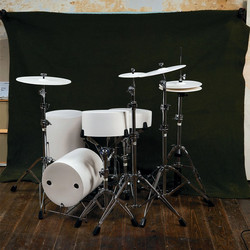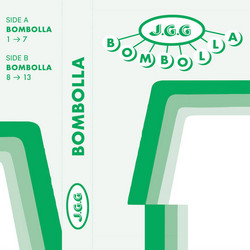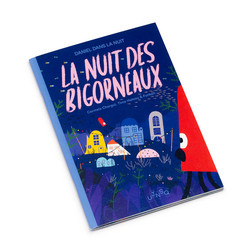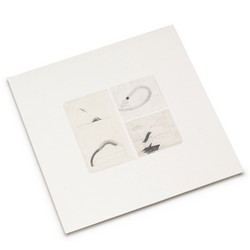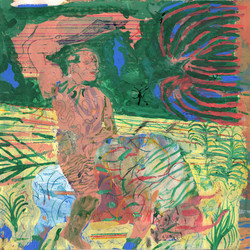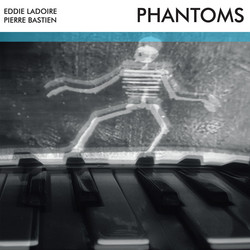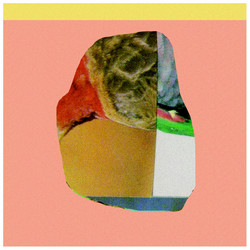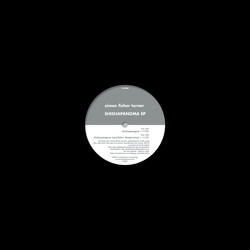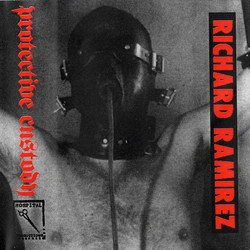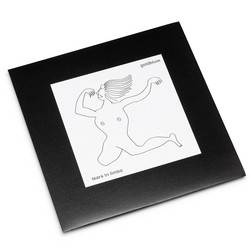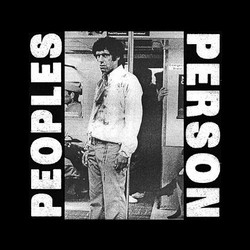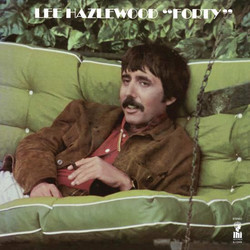Clément Vercelletto
L'Engoulevent (LP)
According to Wikipedia “Caprimulgidae are a family of birds consisting of around 95 extant species of nightjars." Digging a little deeper, we learn from Libération that "the word caprimulgidae comes from the Latin caprimulgus, literally meaning 'goat sucker.' In his famous Natural History, Buffon tells us that “peasants used to believe that the nightjar, a bird of twilight, entered barns at nightfall to suckle milk from livestock.” Originally, the nightjar was simply a bird, later transformed by popular belief into a "goat sucker."
Clément Vercelletto was first encountered in Kaumwald, where he and Ernest Bergez blended club music, avant-garde, and imagined folk rumors like warped children’s hoops—or served as a particle accelerator for vernacular songs from Extremadura collected by Marion Cousin. Recently, he’s been known, among other guises, as Sarah Terral, wrestling wildly with modular synths that rank among the most abrasive, poetic, and mercurial we’ve heard in ages. More recently, he has taken up the bagpipes (he resembles something of a dark bird blowing into a goat, if that rings any bells).
L’Engoulevent is the first record to appear under his real name. Entirely composed on a small electronic organ—both rudimentary and surprisingly complex—whose pipes have been replaced by bird calls controlled via a MIDI interface (designed by the musician and built by luthier Léo Maurel), the album was recorded in three acoustically contrasting locations: from an ultra-dry studio to "former wine silos with a twenty-second resonance."
Yet from this disparate palette emerges a perfectly coherent work, which might be described as contemporary music. However, its creator, more geographer than historian, calls it "landscape music." It weaves nimbly from one composition to the next (six in total), conjuring visions of low-pulse dwarf techno, submerged folk music from distant lands, field recordings of a half-imaginary territory, theater for the ear.
